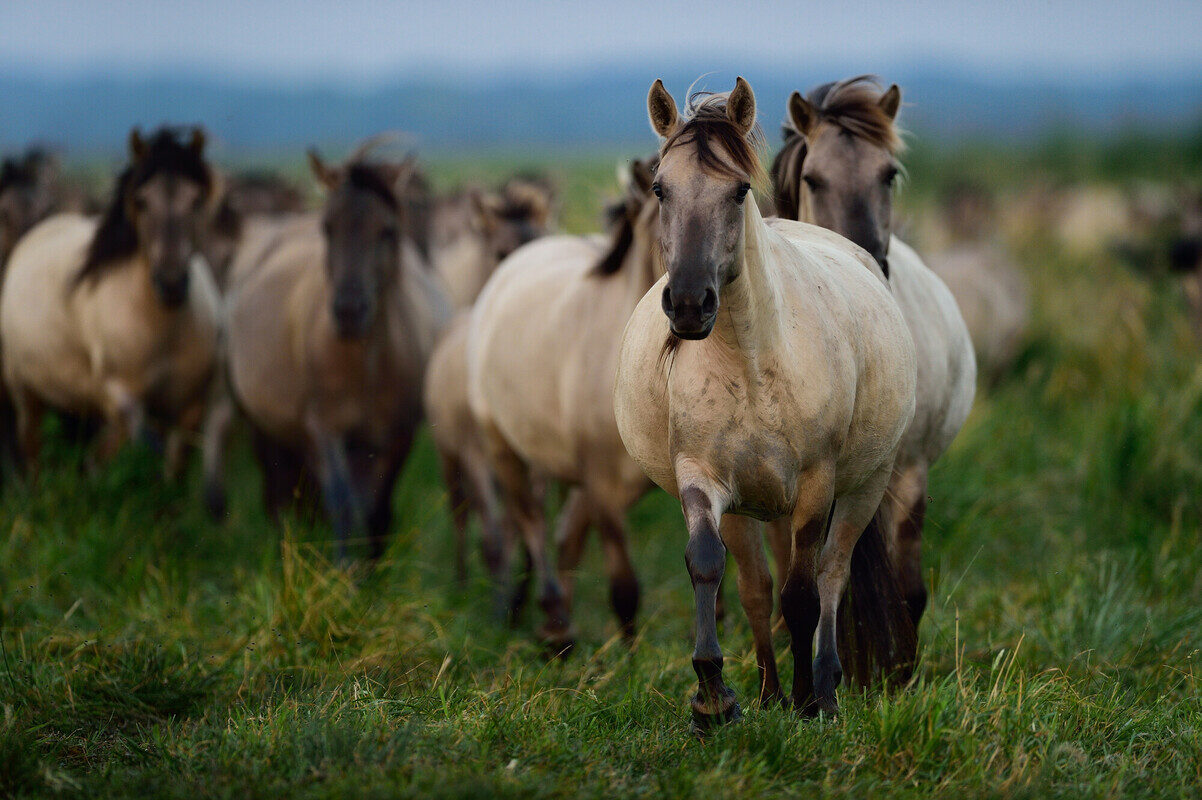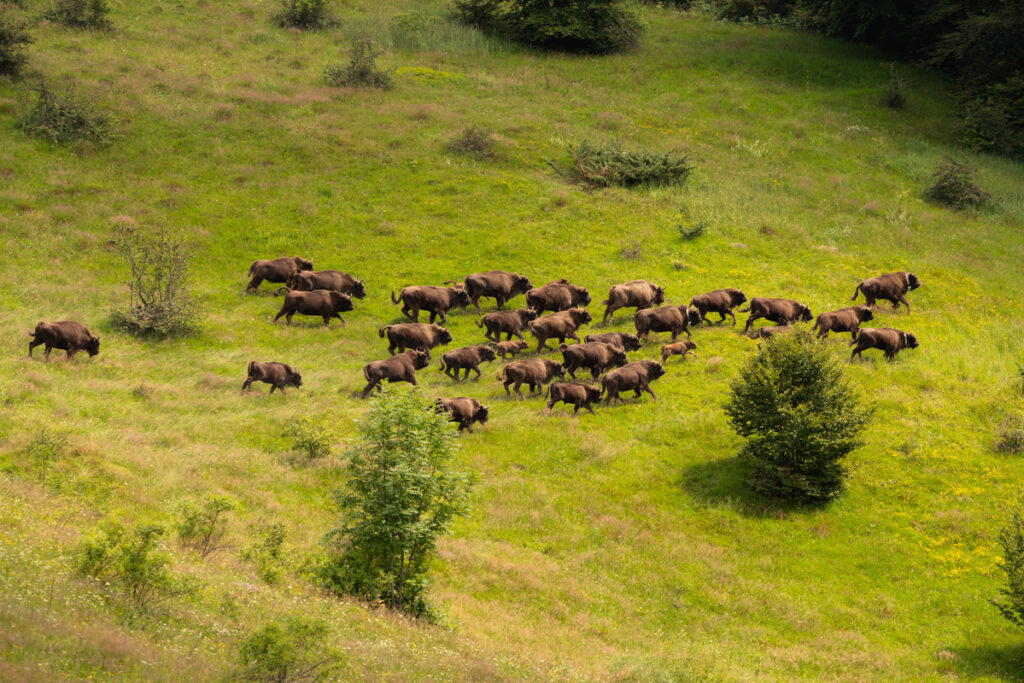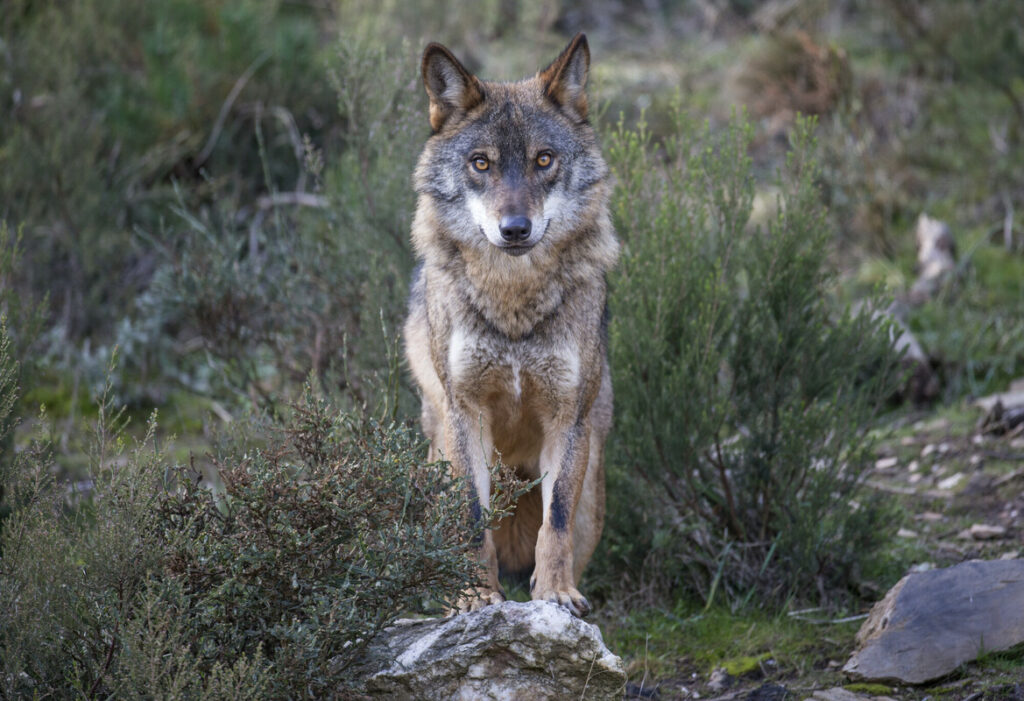Animals play a critical role in the global carbon cycle. Published today, a new paper shows how enabling the recovery of wildlife populations through rewilding would go a long way to mitigating the worst effects of climate change.

Critical role of wildlife
Supporting wildlife comeback is a core element of our work at Rewilding Europe, because healthy and diverse populations of animal species are a critical element of functional ecosystems.
A new paper, published today in the leading journal Nature Climate Change, underlines how the recovery of wildlife populations could play a critical role in keeping rising global temperatures below the critical 1.5°C threshold. This would minimise the risk of extreme climate-related effects, such as heatwaves, droughts, rising sea levels, and wildfires.
Co-authored by 15 scientists from eight countries, including Rewilding Europe’s Executive Director Frans Schepers, the findings of the new paper demonstrate the value and urgent need of not only protecting the functional wild nature we have left, but enabling degraded ecosystems to return to full health through rewilding at scale, which includes supporting wildlife comeback.

Animating the carbon cycle
Wildlife populations exert a huge influence on the carbon cycle in terrestrial, freshwater, and marine ecosystems through a wide range of processes. Restoring such populations through rewilding to enhance natural carbon capture and storage – which is known more popularly as “Animating the Carbon Cycle” (ACC) – is therefore one of the most impactful and immediately employable nature-based climate solutions (essentially solutions which help nature to lock up carbon).
“Wild animals contain only 0.3% of carbon held in biomass globally,” explains the Yale School of the Environment’s Professor Oswald Schmitz, lead author of the new paper. “Nevertheless, many species could exert very strong control over the carbon cycle by causing 15% to 250% differences in the amount of carbon taken up and stored in much larger carbon biomass pools, such as those in plants, soils and sediments, relative to conditions where animals are absent.”
The new paper presents data which shows that protecting or restoring populations of nine wildlife species (or groups of species) – marine fish, whales, sharks, grey wolf, wildebeest, sea otter, musk ox, African forest elephants, and American bison – could collectively facilitate the additional capture of 6.41 billion tons of carbon dioxide (GtCO2) annually. This is more than 95% of the amount needed every year (6.5 GtCO2) to meet the global target of removing 500 GtCO2 from the atmosphere by 2100, which would keep global warming below the 1.5oC threshold.
“We show that with just a few animals, we can enhance the uptake by an additional 6.4 Gt per year, reducing by half the amount of time to draw down the necessary amount of CO2,” says Professor Oswald Schmitz. “There may be an opportunity to draw down CO2 even faster if we consider and study a wider range of species and work to restore and protect the intactness of habitats across landscapes and seascapes.”

Let them be heroes
The new and updated European Wildlife Comeback Report, which was commissioned by Rewilding Europe and published in September 2022, shows that populations of key wildlife species – such as European bison and grey wolves in Europe – can and will make a comeback if we give them the right conditions to recover.
“Taking advantage of the game-changing climate potential of wildlife will require a change in mindset within science and policy,” says Frans Schepers. “We need to act fast and at scale, because we are currently losing populations of many animal species at the very time that we are discovering the full extent of their critical role in the carbon cycle. Through rewilding, it’s time to let animals be our climate heroes.”
Rewilding Europe’s European Wildlife Comeback Fund, which was launched in 2022, is specifically designed to support the recovery of European wildlife populations, with a focus on keystone species. Over the next few months the fund will support the release of a wide range of wildlife species across Europe, with a wide range of benefits for nature and people, including ones related to climate.
